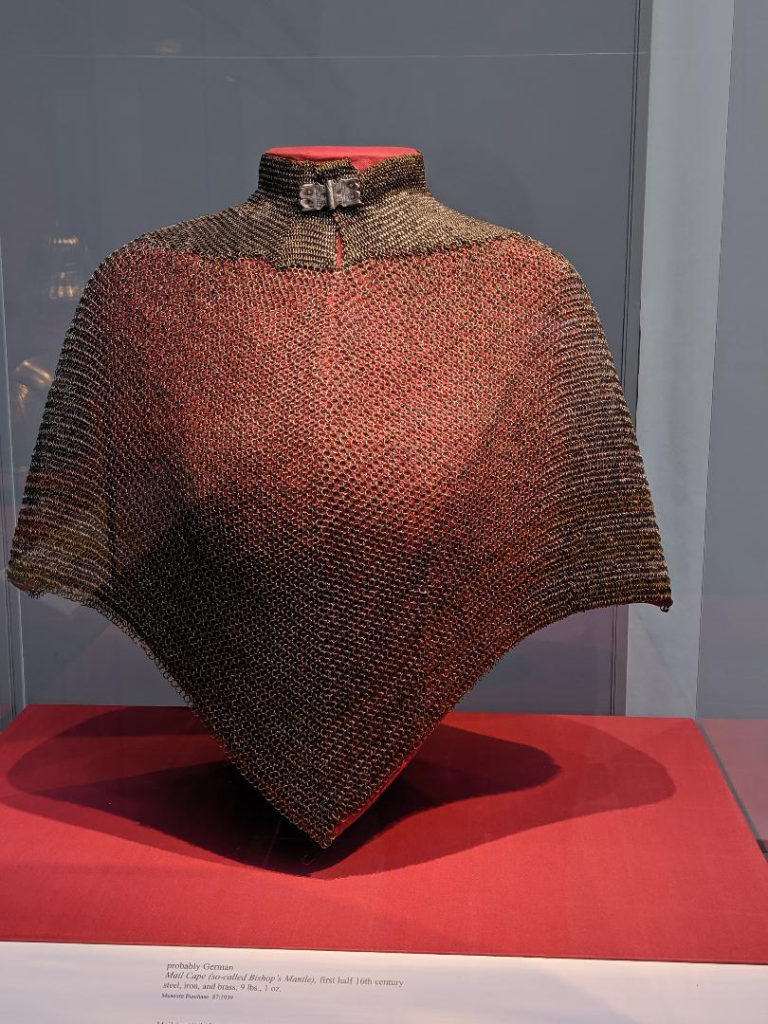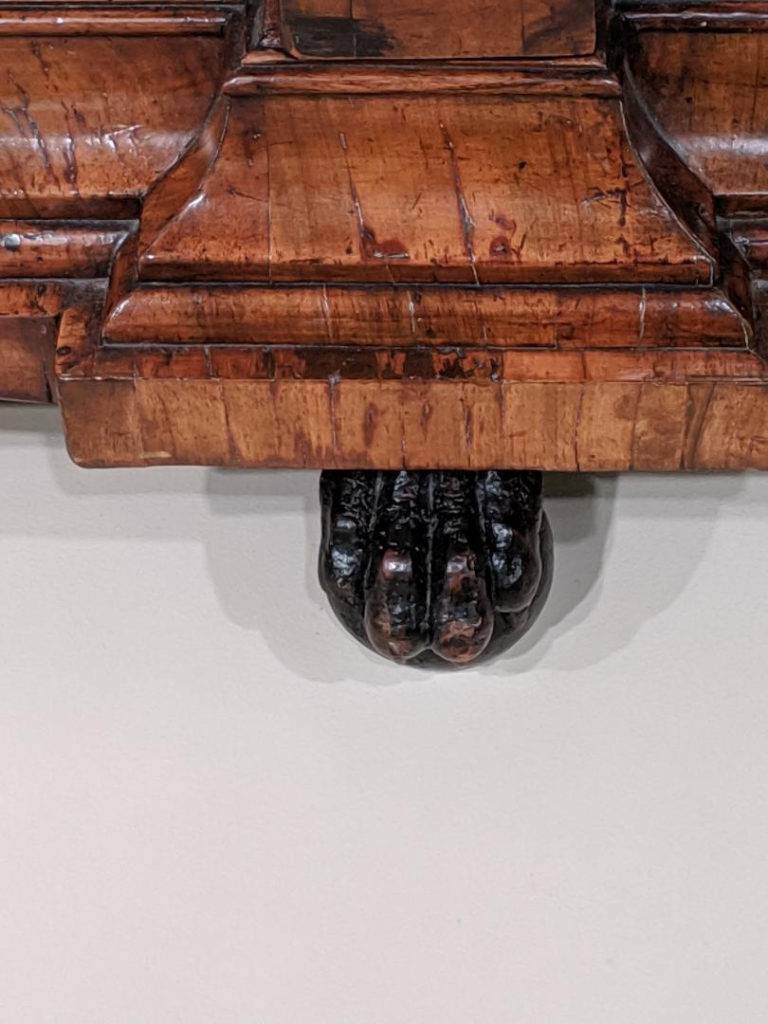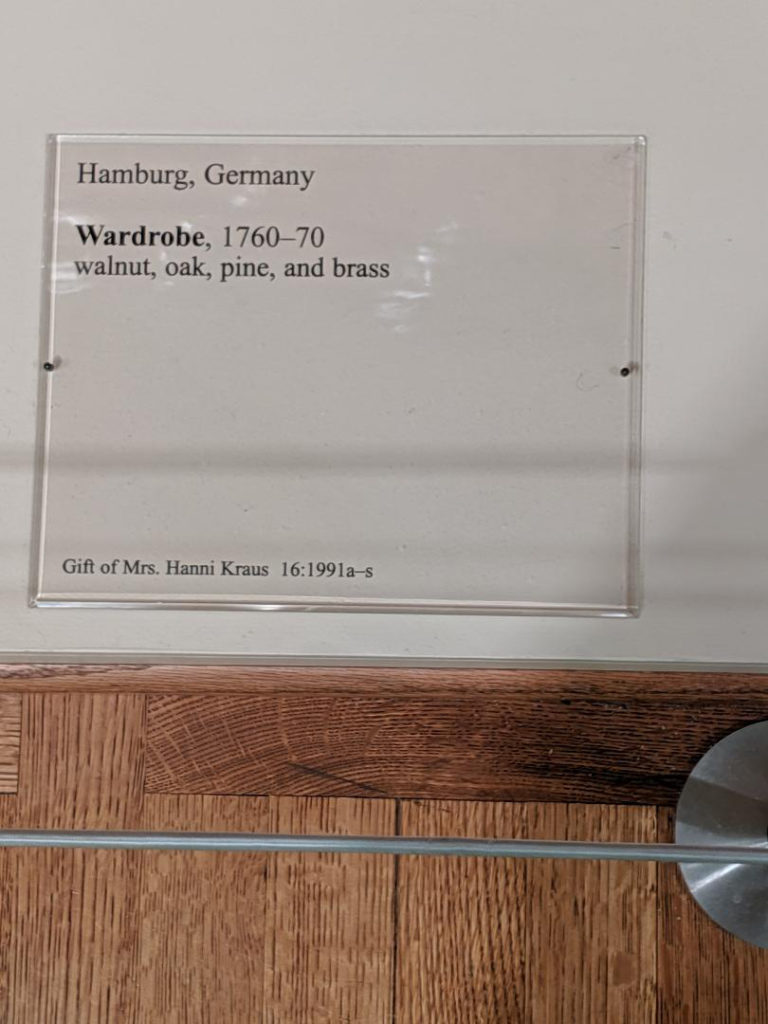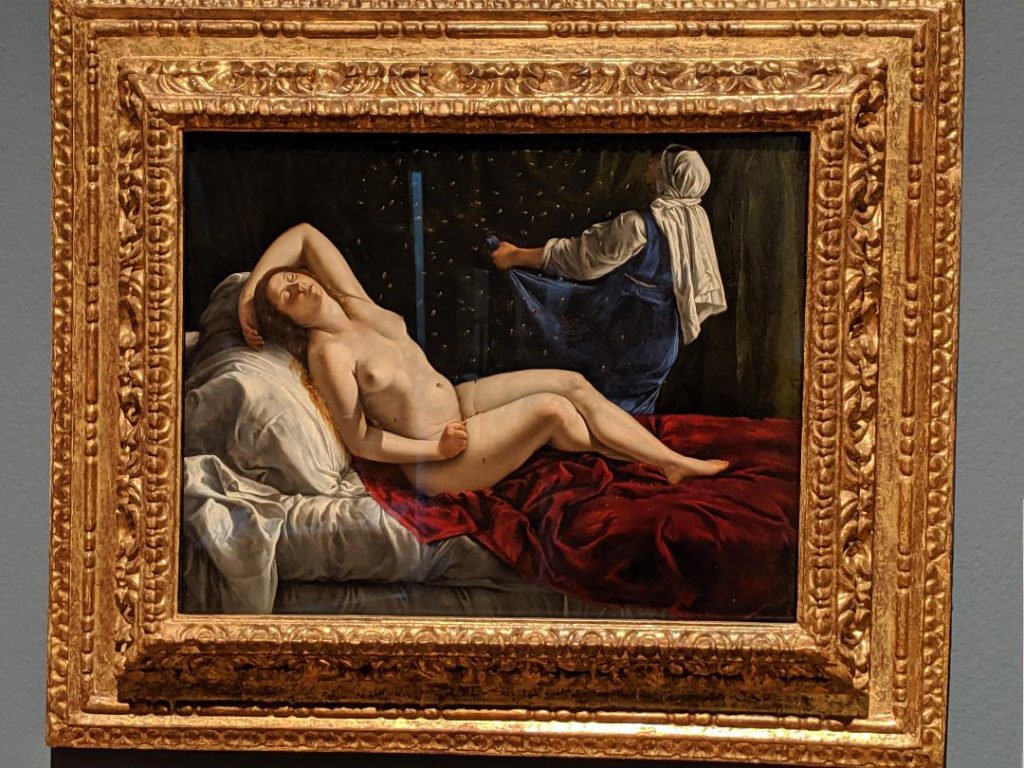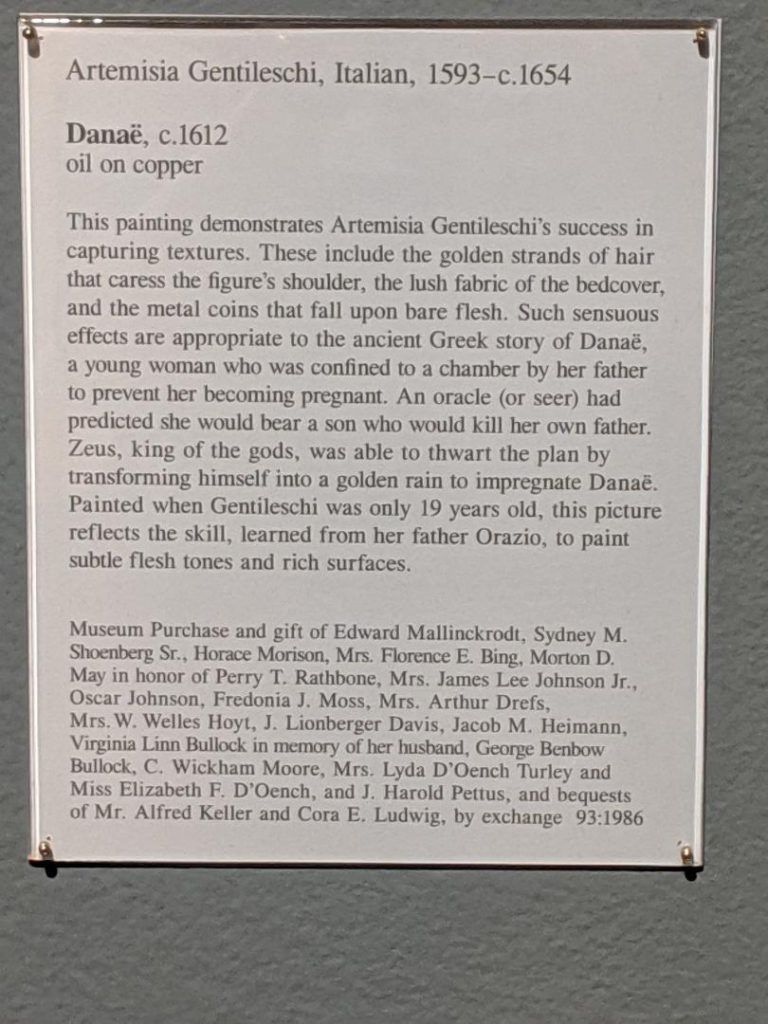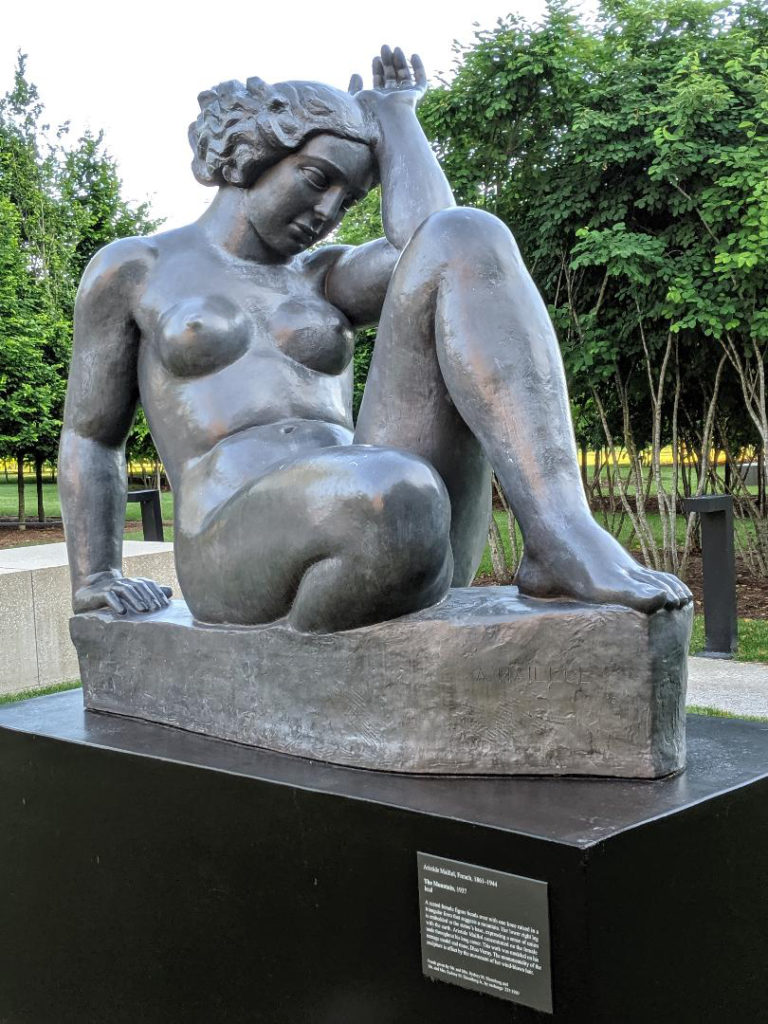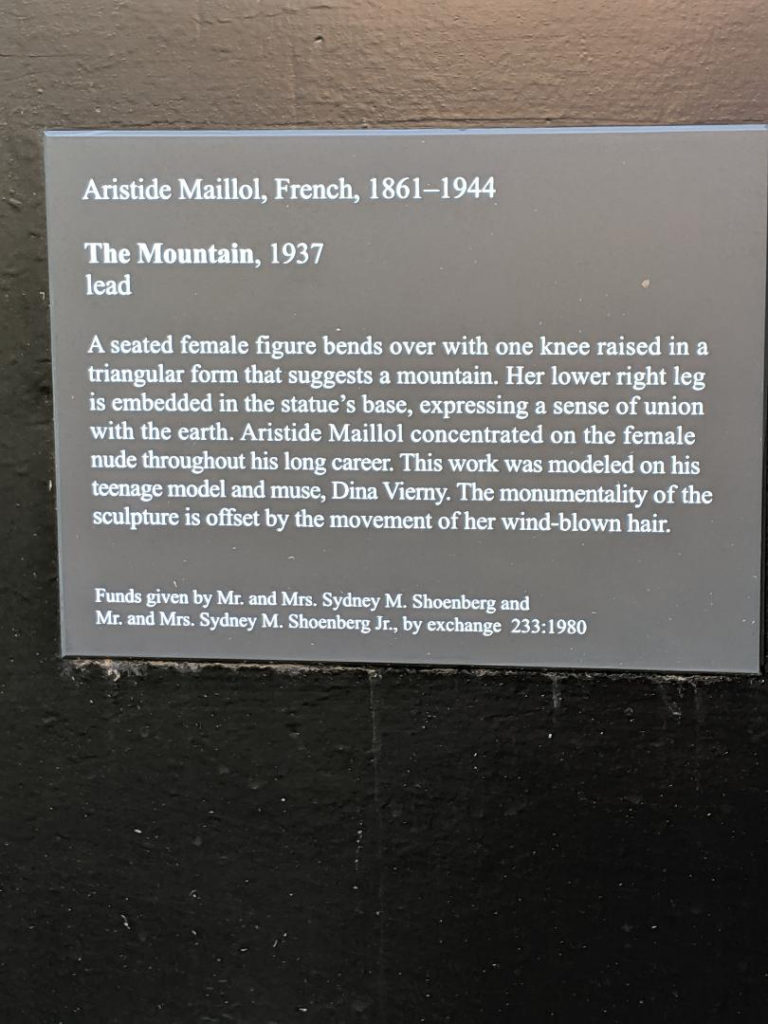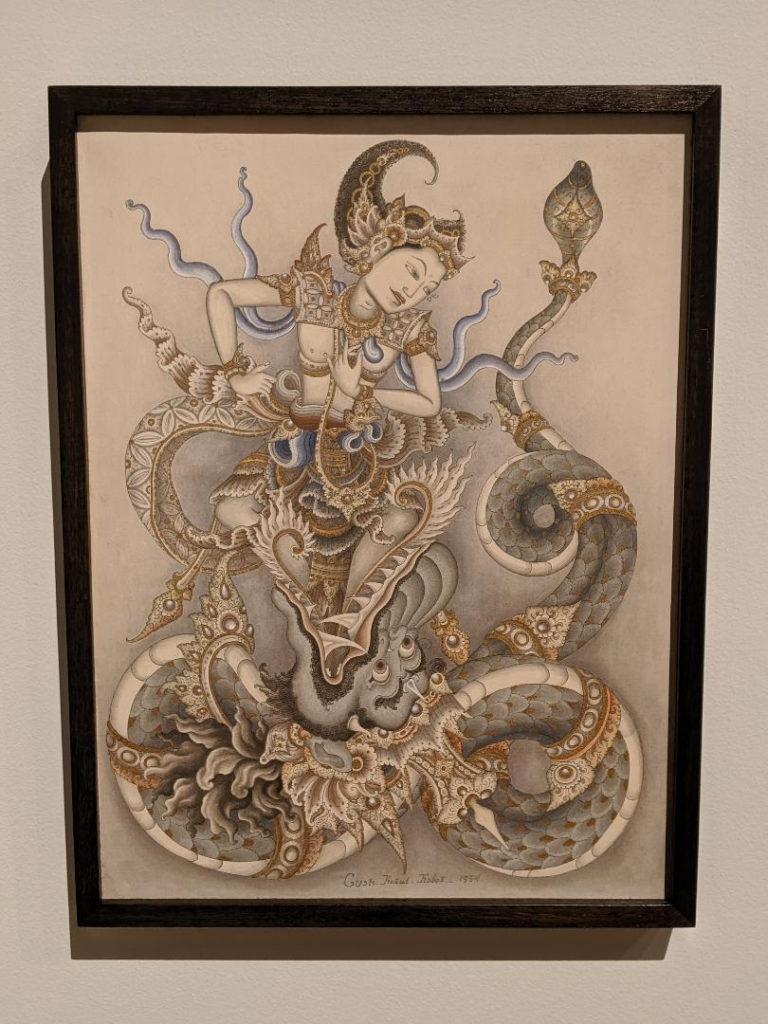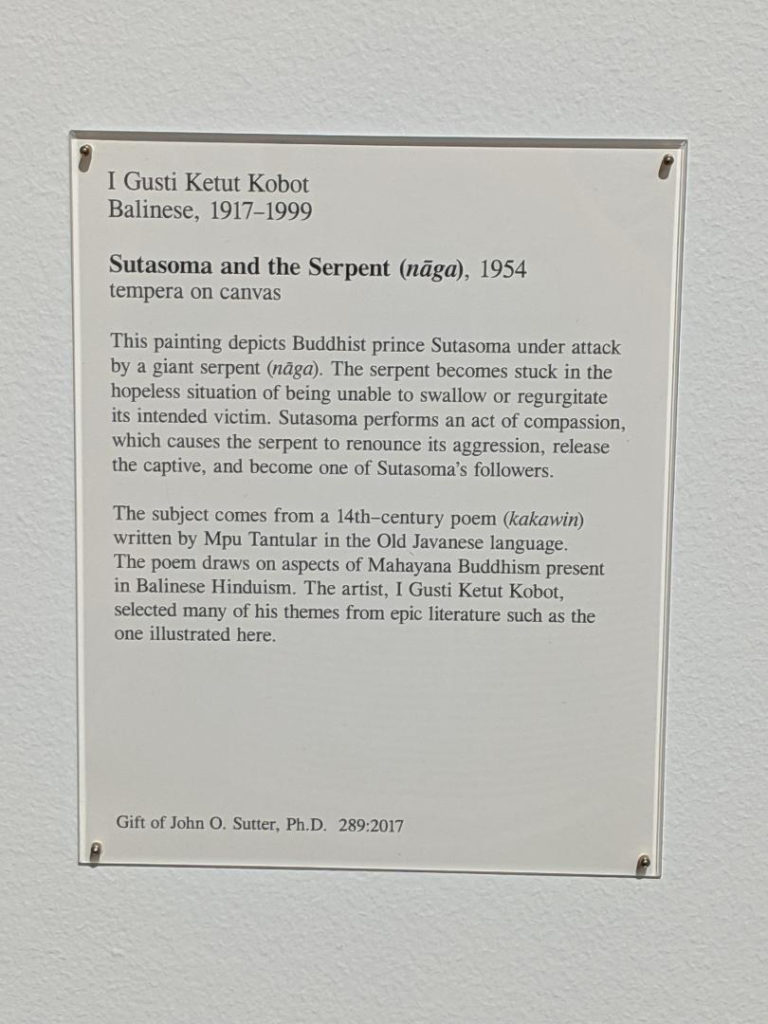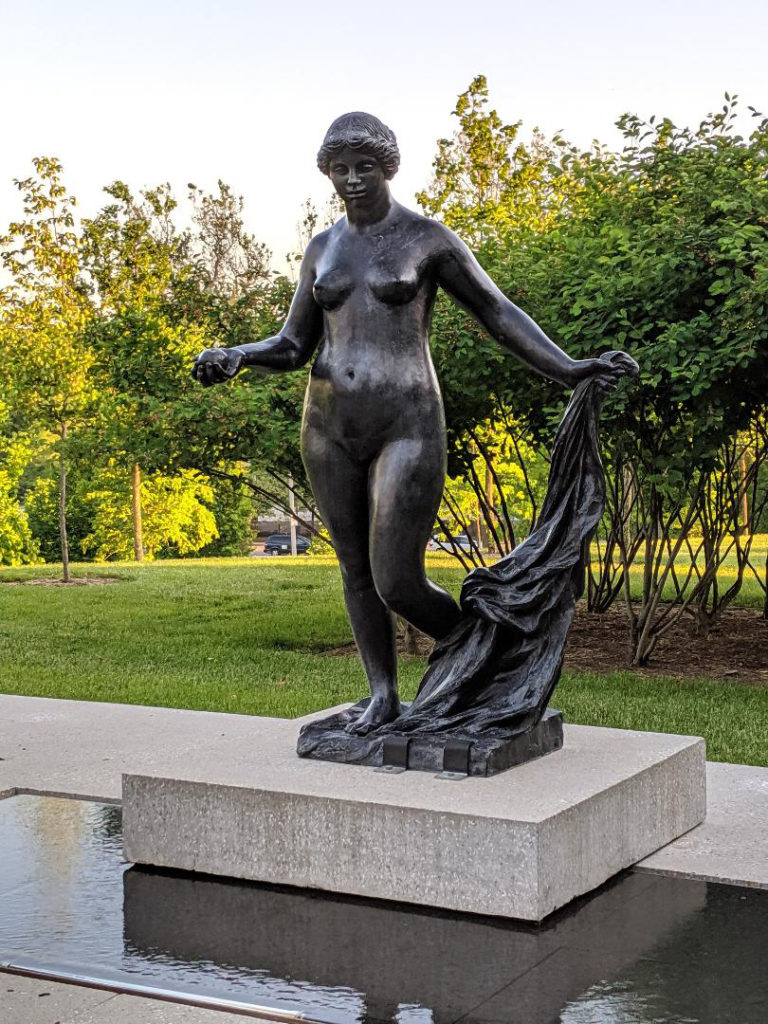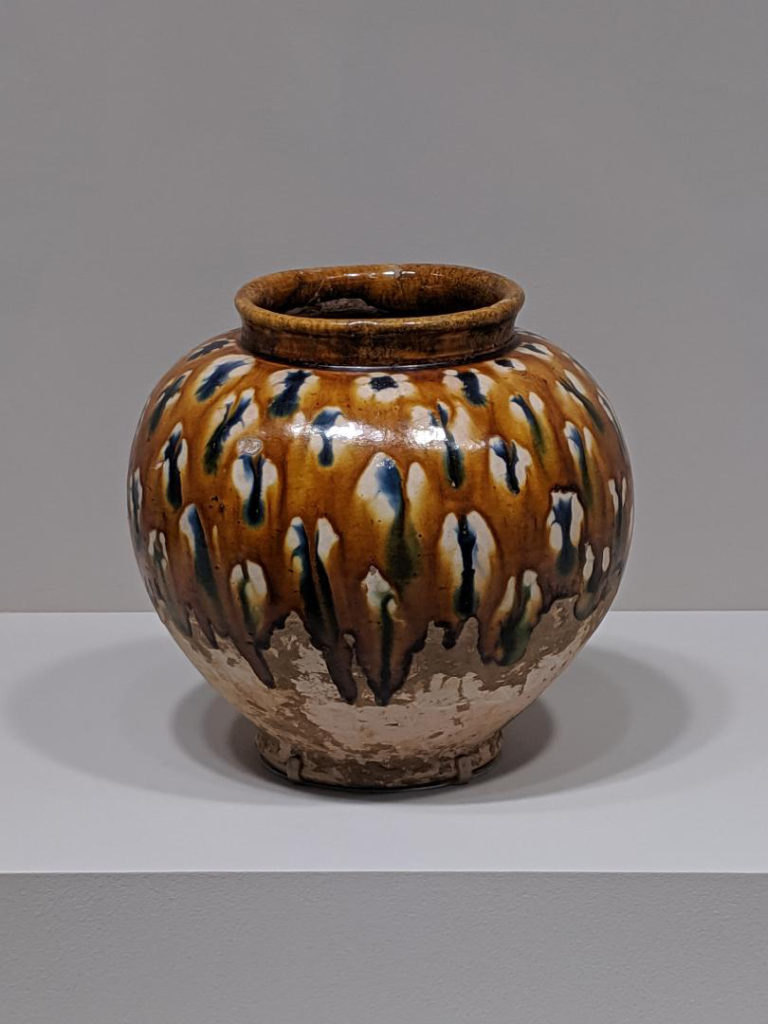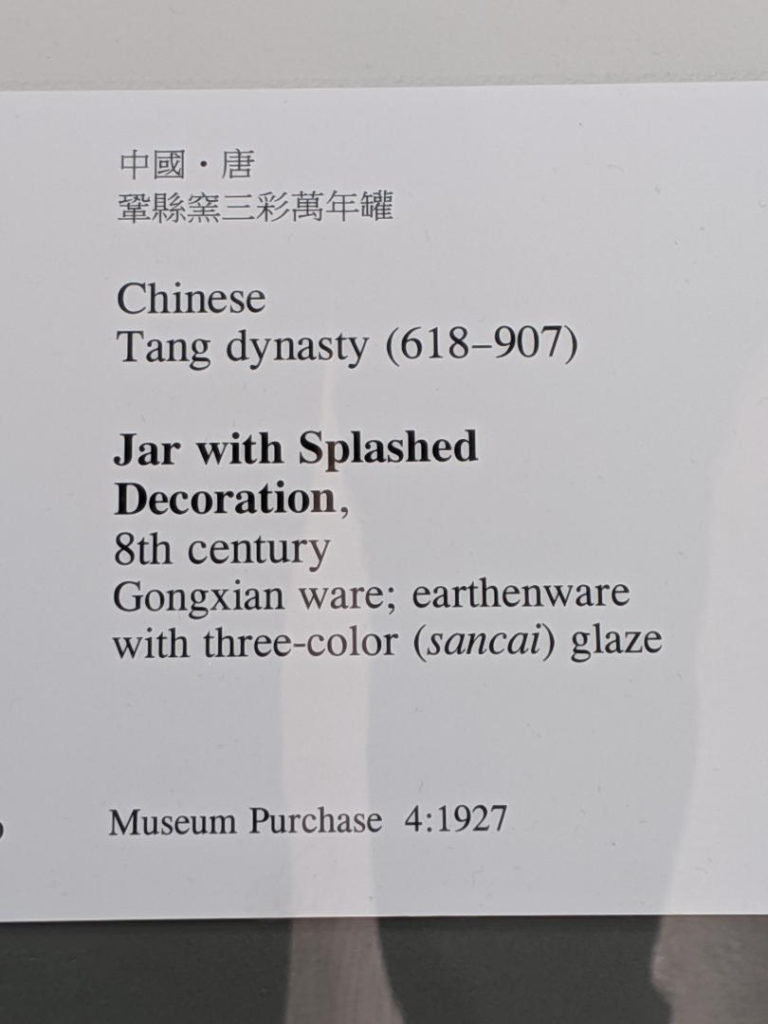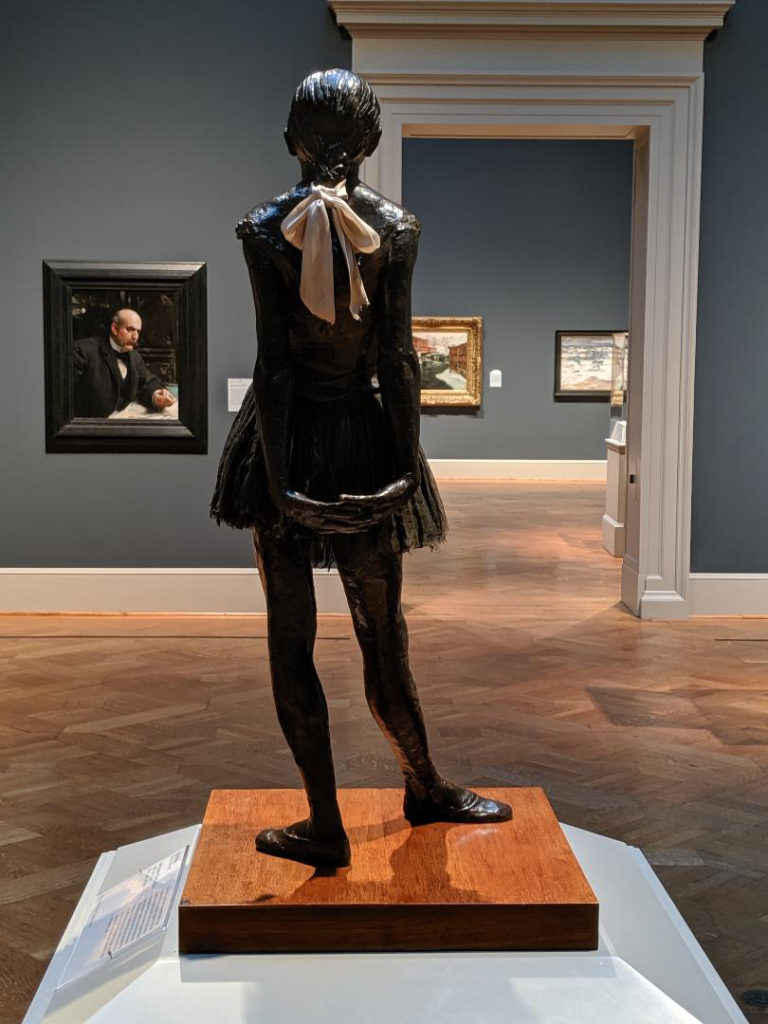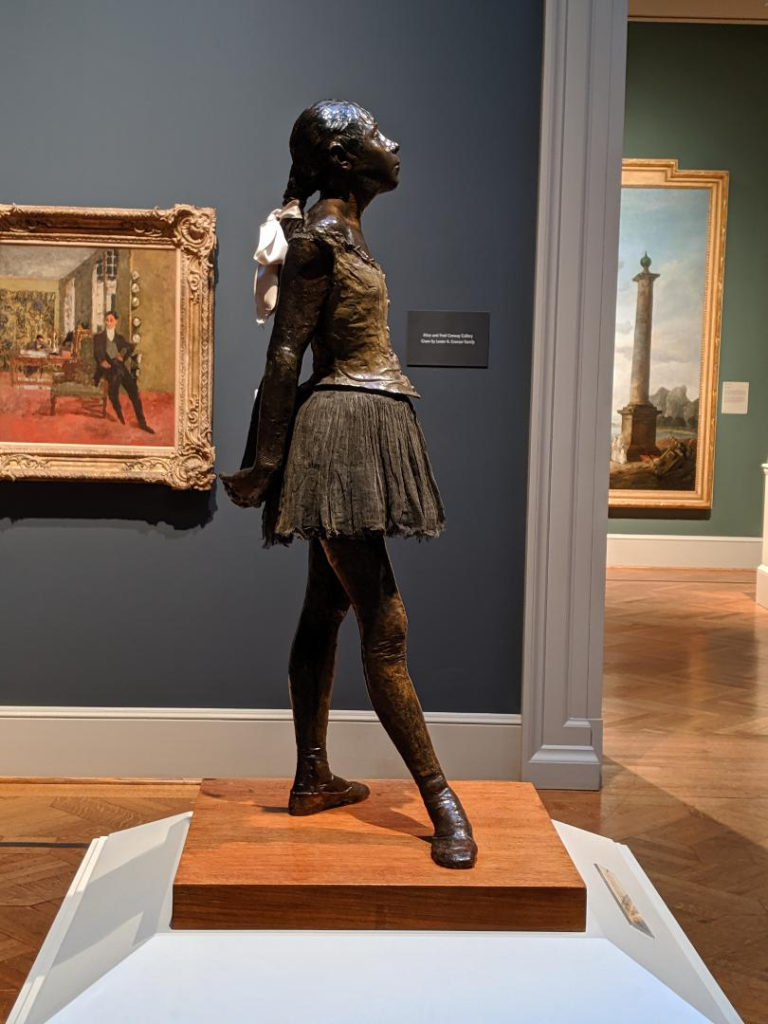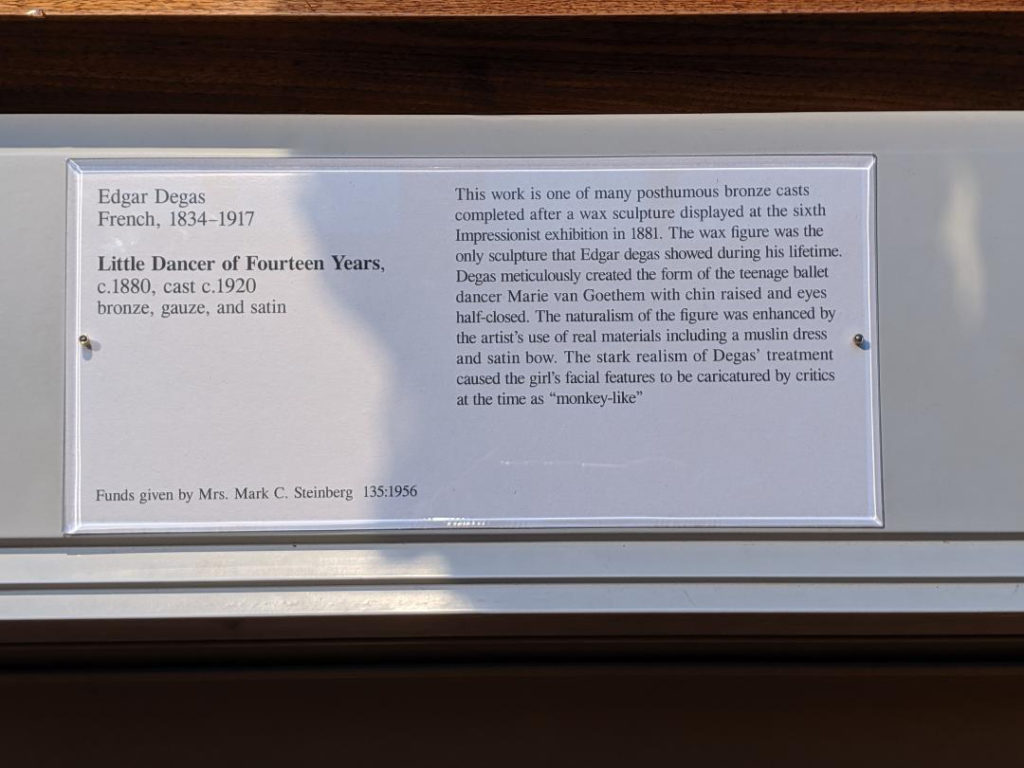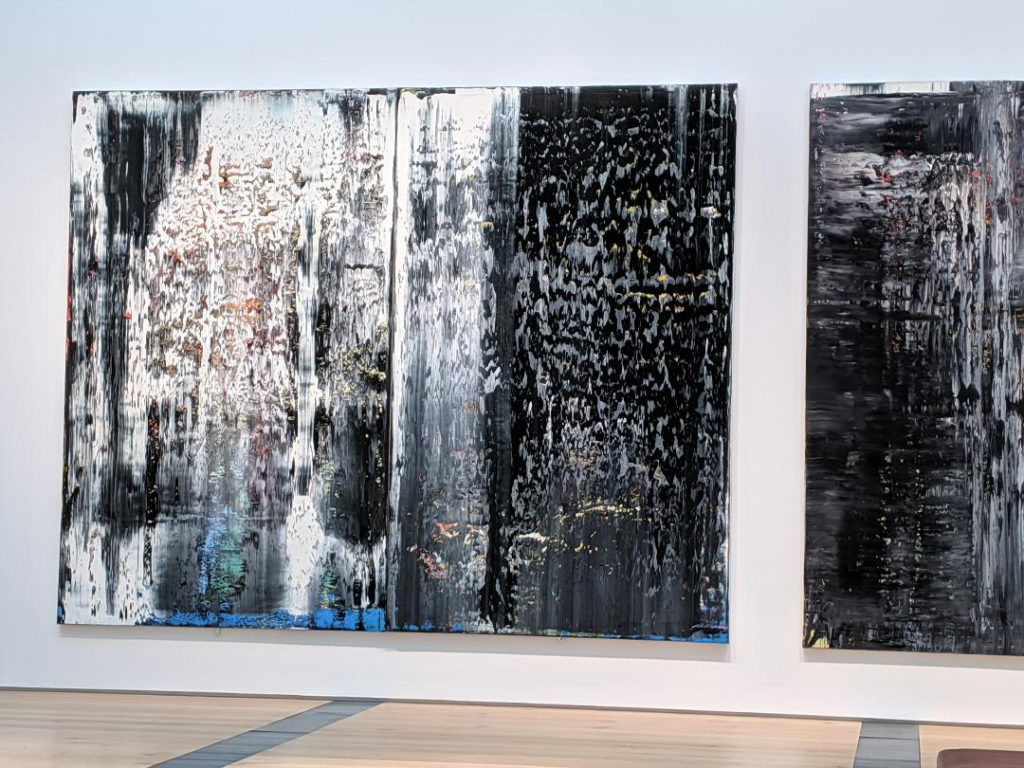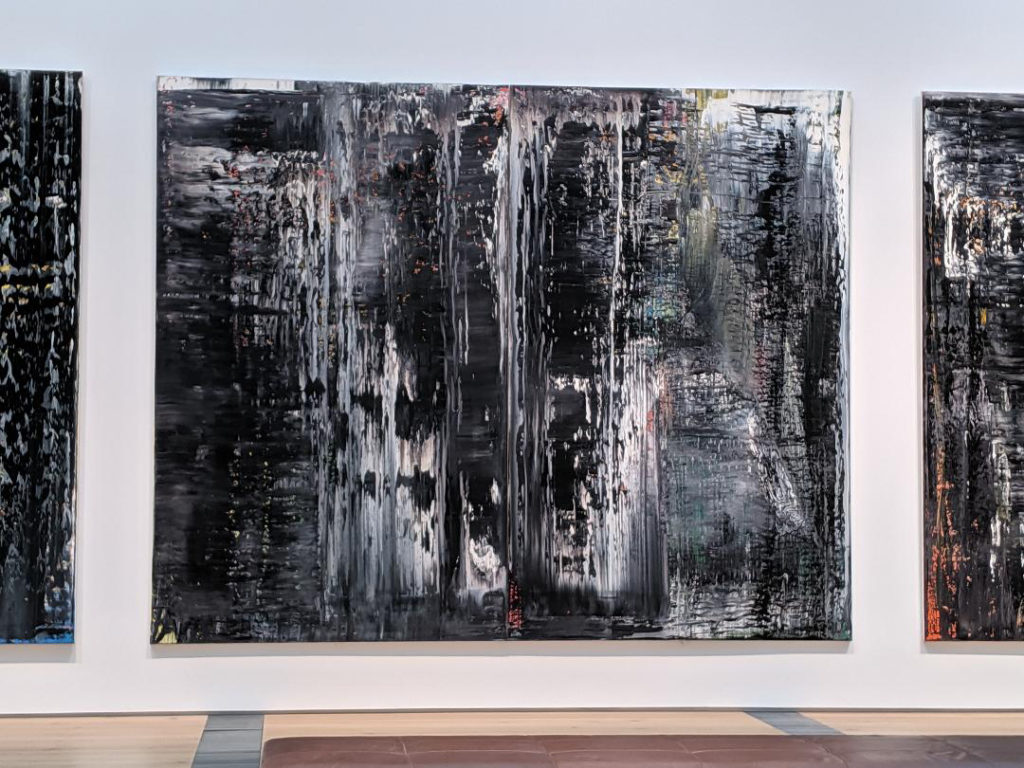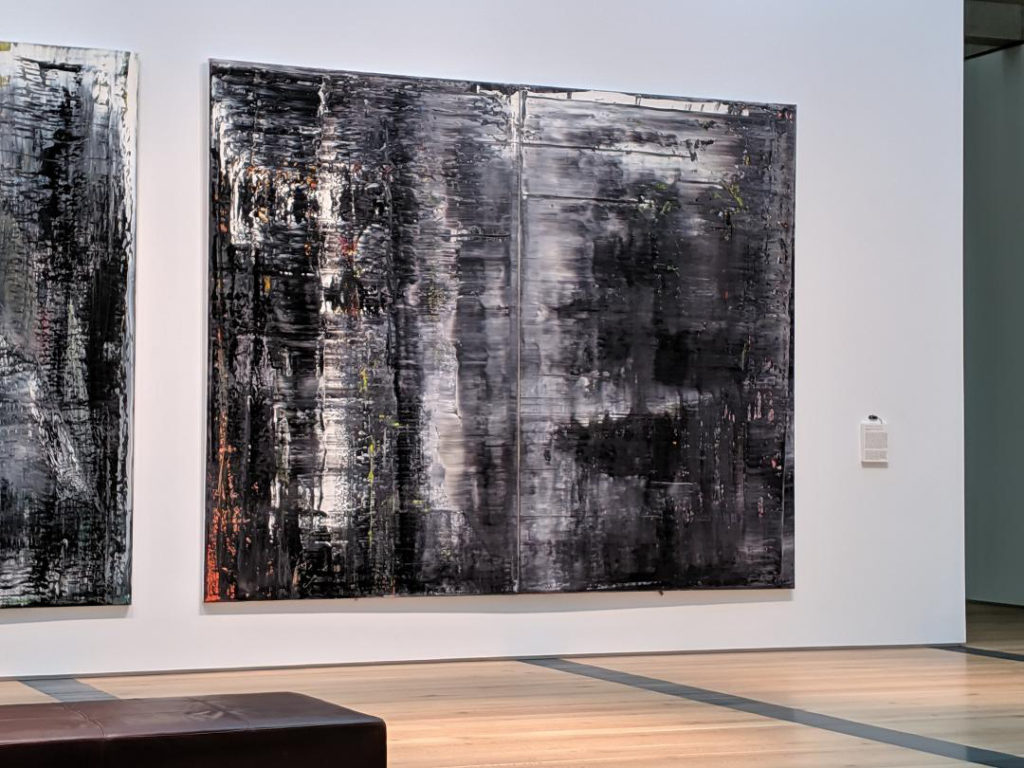The medieval galleries are some of the most interesting in the entire building; everything from tapestries, armour, weaponry, relics, religious art, etc., are to be found within them, and even a couple of surprises (that I won’t spoil for you). The mail cape is hidden away in a little corner room and if you don’t know where to look, you’ll never find it. When the sun is shining down into the room and glinting off of the metal, it is truly a stunning sight to behold: glinting in the light and blinding in its intensity, it is a testament to its creator, long-gone.
Sunday
I’ve been racking my brain all day trying to remember the first time I actually saw this piece in terms of date. The placard says it was donated in 1991, so that gives me a rough period of time in which it could have been. I think the first time must have been 1996 or thereabouts, but definitely before the 1998 Angels of the Vatican exhibition.
Regardless, this wardrobe has always been an immense favorite of mine (one of my top ten in the entire collection) because of several factors. The craftsmanship is solid, well-designed, and imposing from rooms away. It is functional as well as a statement piece. The detailing is exquisite. It has been cared for and loved and lived through for hundreds of years and is a living piece of history.
This is a piece of sheer perfection in wood.
Saturday
I truly apologize for the light glare in the photo – there is glass over the top of the painting and there is no way to get a shot without some kind of reflective glare regardless of no-flash and low-light photography.
The truth of the matter is this: the textiles in this work of art are second to none. Say what you will of the composition, say what you will of the subject matter, say what you will of the colors and the execution of all of the above; the fabrics in this painting are some of the most exquisitely rendered textures ever captured in paint by human hands. Until you’re up close and can see the effects with your own eyes, you cannot and will not understand.
I have seen Old Master works up close and personally. I’m apparently descended from Hans Holbein (which leads to merry games of ‘spot the Holbein’ in museums wherever I go). I’m not talking out my backside when I say I know what a good cloth is meant to look like in paint.
I’m only cross that my photo doesn’t do it adequate justice so I can share the euphoric sense of wonder with you all when you realize it for yourselves.
Friday
Thursday
Let’s talk Balinese art for a minute. Or, rather, let’s not. Let’s just look at it. Let’s stare at the balance of composition for a long hard moment and how the colors enhance the way we’re meant to feel about the prince and the attacking serpent and let’s just marvel at the sheer beauty of the piece, shall we?
Balinese art is its own special breed of pretty. You can’t teach it and if you don’t like it, you can’t teach appreciation for it. There is a very small gallery of paintings and masks and the like tucked amongst the rest of the Asian art that’s just Balinese and it’s breathtaking in its glory.
Wednesday
Sooooo, I have feelings about this piece. Intense feelings, both positive and negative. And that’s part of the point of this blog, right? To talk about art in a way that scholars don’t necessarily talk about art because they think their credibility is on the line and whatever else, and so on and so forth and I digress.
Venus Victorious does not have any of the typical feel of Renoir’s works that I have seen – even his other sculptures. The modus operandi is not similar. The compositions are completely different, alien. It may have been directed and micromanaged within an inch of its life by Renoir, but I cannot reconcile it being a Renoir in my head. It’s like if Beethoven’s 5th was rewritten as death metal, recorded backwards, and deconstructed, then released under Beethoven’s attribution: it just doesn’t work.
The sculpture itself is insanely beautiful. You can walk around all sides of it and take in all of the details, marvel at the casting and the intricacies of the craftsmanship…
But dear lord, please stop calling it a Renoir when clearly its primary attribution should be to Richard Guino.
Tuesday
For being a really old piece of pottery, this jar has a very modern design. The colors are bold and sexy, the splashes abstract and come hither in a way that both intrigues and repels, and the whole thing seems to be deliberately unfinished. I love it for all of its inconsistencies.
Monday
To me, this painting symbolizes movement of all kinds: dancing, singing, gestures, walking, breathing, existing, growing. There is a simplistic kind of impressionistic expressionism that smacks of introversion and an inner turmoil that can only be explained by these childish slashes of paint that is very appealing and I love it. I see everything from growing flowers to a flamenco dancer in the lines and between the lines is a world of unexplored pleasure and pain.
Sunday
Today’s work was by request of my niece, Charlotte, who is a wee dancer herself, and who recently had her spring recital.
Impressionist sculpture isn’t something that you really think of as a homogenous concept – it’s either realistic or abstractionistic, but as you look at what almost looks like brush strokes within the thumbworking in the original clay-casting, you get a feel for the impressionism that Degas tried to instill in his sculptures. There’s another bronze of his at SLAM that’s similar that I’ll cover at a later date that has similar working.
What I like most about this casting is that they aren’t afraid to go with the mixed media, adding in muslin and ribbon to add to the illusion of our little dancer being just as alive and bravely stepping out onto the stage as she would have been in her lifetime.
Truly, this is one of the prized pieces in SLAM’s Impressionist galleries, and with good reason.
Saturday
This particular gallery is a vast open space, as you can see from the first photo, with numerous works on all sides – the least of which being January, December, November. The gallery is part of SLAM’s newest expansion which is incredibly modern (made of concrete and glass) and a work of art in and of itself. The space feels as if it was purpose built to house this particular set of canvases, as you can see from the way they are displayed. If you sit on the bench closer to them, you lose the impact that comes from seeing them as a trio from afar – so in a way, the benches further back in the room are ideal for viewing.
January, December, November to me are very peaceful, relaxing, soothing pieces. They conjure up the static of old television sets, of the idleness of the mind creating dreams and conjuring desires in your sleep. They are an abstraction of idealistic, simplistic beauty, and I adore sitting before them and breathing them in like a healing balm.
